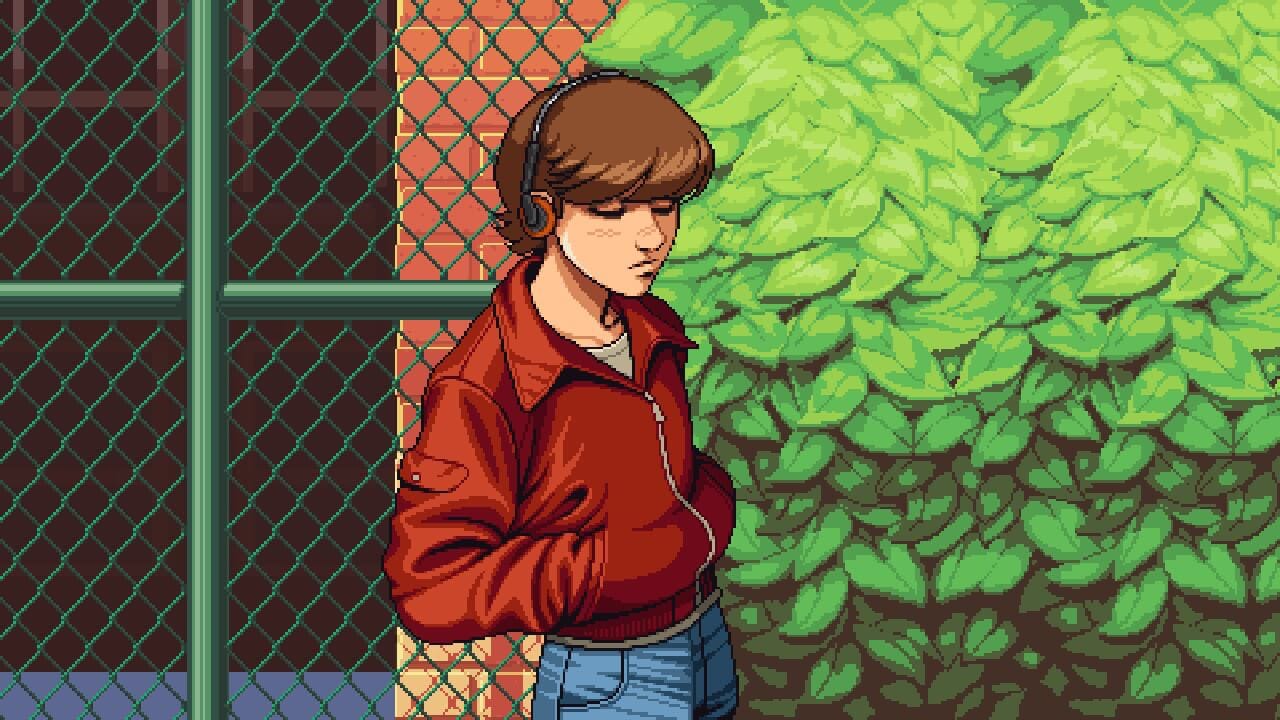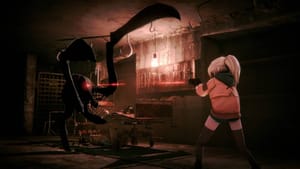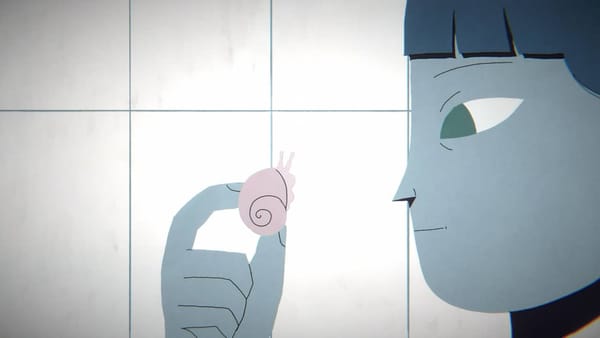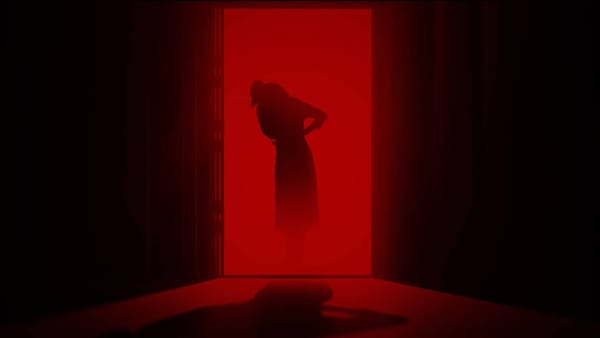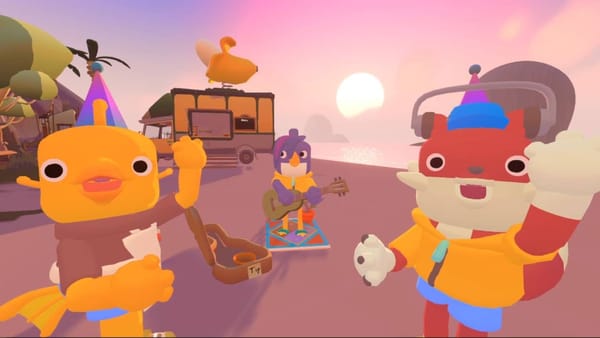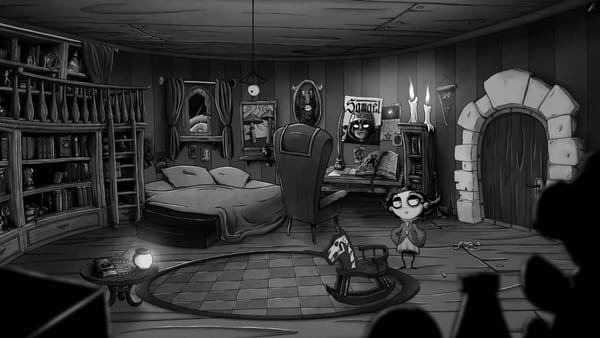Welcome to 198X, the time of neon, hairspray, synths, arcades and when vampires were less broody and more thrill-seeking (The Lost Boys reference – save you having to think about it).
The 80s weren’t all that great, the 90s were better, but the former seems to be the go-to era these days for indie developers. There’s nothing wrong with it, but it would be nice for the decision to be related to the game and not just because it looked pretty.
Well, 198X is just that. Set in the outskirts of the city, or as often referred to as suburbia, the story follows a young boy finding it difficult to fit in. When at an early stage in his life and highly impressionable, he finds himself pigeonholed into being a loner, courtesy of how his social circles see fit.

Billy-No-Mates
This little bit of monologue resonated with me, I think a lot of us may have felt the same way growing up. While I got on well with everyone, and still do, I’d definitely identify as a bit of a loner, by choice. The boy, or ‘kid’ as referred to in the game, doesn’t feel sorry for himself as such, just a combination of being lost and finding where he fits in.
It’s nothing unique; he comes from a broken home, feels misunderstood and finds solace in gaming. Don’t we all. But the period in question makes a difference as in the 80s, gaming was a much smaller group than it is now. At times, gaming was made up of stereotypes, but the overall consensus was escapism. Head for the arcades, chuck all your pocket money in and when done, congregate near the big kids who show you how it’s done.
Coming from a seaside town, arcades have always been a big part of my life and I would often pump the machines full of shrapnel and convince my parents ‘just one more game’. As I got older, the arcades were more of a social place to meet up with only a select few with money who would play the games while the rest of us spectated until being kicked out. I suppose the modern equivalent is competitive play, Twitch and all that jazz, only you can watch from home, alone.

Demo Reel
Anyhoo, 198X’s narrative isn’t particularly strong and the themes aren’t really explored in depth. What can be surmised however, is that the arcade is the kid’s comfort and way to retreat from life, going on to say that he gets to explore and do things he would never normally do, finding a sort of confidence in the process. I’m sure a lot of us can identify with that, but I don’t know how to interpret the confidence side of things so much. It never helped meet girls other than the ones I <ahem>, paid for.
The actual narrative sections are relatively short and break up the chapters of games. There are five games to play in total, each paying respect to a similar title ‘back in the day’. As they’re arcade games and don’t really add to the story, it’s ok to check out what to expect. If you don’t want to see the results of today’s games, please look away now:
- Beating Heart: Streets of Rage/Final Fight side-scrolling beat ’em up
- Out of the Void: R-Type shooter
- The Runaway: Out-Run racing game
- Shadowplay: Shinobi ninja side-scrolling action/platformer
- Kill Screen: Eye of the Beholder RPG first-person dungeon crawler
I won’t break down each one, but they’re all worthy of being their own standalone title. With each game, it’s more of a demo reel of retro gaming as you only get to play a few stages/areas to get a glimpse of the games the kid would have been playing in the 80s. The VideoKid is another title that pays homage to 80s pop culture too!
While they are all heavily influenced by classic titles from the past, they each hold their own and unique in each way. The character in Shadowplay was really cool and had a classic 16-bit feel to it and Kill Screen was much more enjoyable than I had first expected as it’s not the type of game I used to play, nor do I play now as they’re a bit dated.

Bathe In The Nostalgia
In some respects, 198X plays out like Travis Strikes Again: No More Heroes, only it’s less self-aware and the games in 198X are much more polished and genuine variety to the games on offer in the latter. My biggest criticism doesn’t have anything to do with the gameplay for each one, but how scandalously short they are. Just as I got the timing or patterns right on a game, it was soon over and I simply wanted more – they’re that enjoyable, even if a little tricky at times.
Most of the games are played with just two buttons and there’s no need to learn any complicated moves, just the patterns or rhythms of a game. There are unlimited continues but with some of the games you have to restart from the beginning of a stage and with the threat of instant death in some of the titles, you eventually play 198X as if it were a memory game. Much like how it was in the arcades. Once your coins were gone, that was it, so most of the time you would watch others play the games and formulate your plan of attack to survive as long as possible. It never worked.
With the release of classic arcade titles in the form of the Neo Geo games and Sega Ages, there are lots on offer to experience the real games of the era, only they’re usually overpriced for what they are. That said, reliving the likes of Space Harrier or Virtua Racing is awesome, and 198X has been able to shoehorn its way into creating something memorable that didn’t actually exist at the time.

So the biggest criticism would be the length of the game. With a total of five playable games, intercut with story elements, you’ll finish this in an hour or two. Would I play it again? Absolutely! The only issue is after finishing the game, there isn’t any sort of level select to jump back into a game so you have to play through the game once more and there are no checkpoints or savegames. You can’t skip the story parts either so if you only want to play Kill Screen once more, you have to play all the way through.
Additionally, and this is a minor one, I was not a fan of the voice actor. I could see where they were going with it, but for me it was so lifeless and monotonous that I did wish for an option to skip the sequence, otherwise I would be happy to sit through the absolutely gorgeous graphics again and again. On a side note, I’m hopeful that Hi-Bit Studios go on to make a point and click, or perhaps expand on the titles here using the visual style of the story – I loved it, plus the soundtracks were spot on and didn’t milk the synths.


